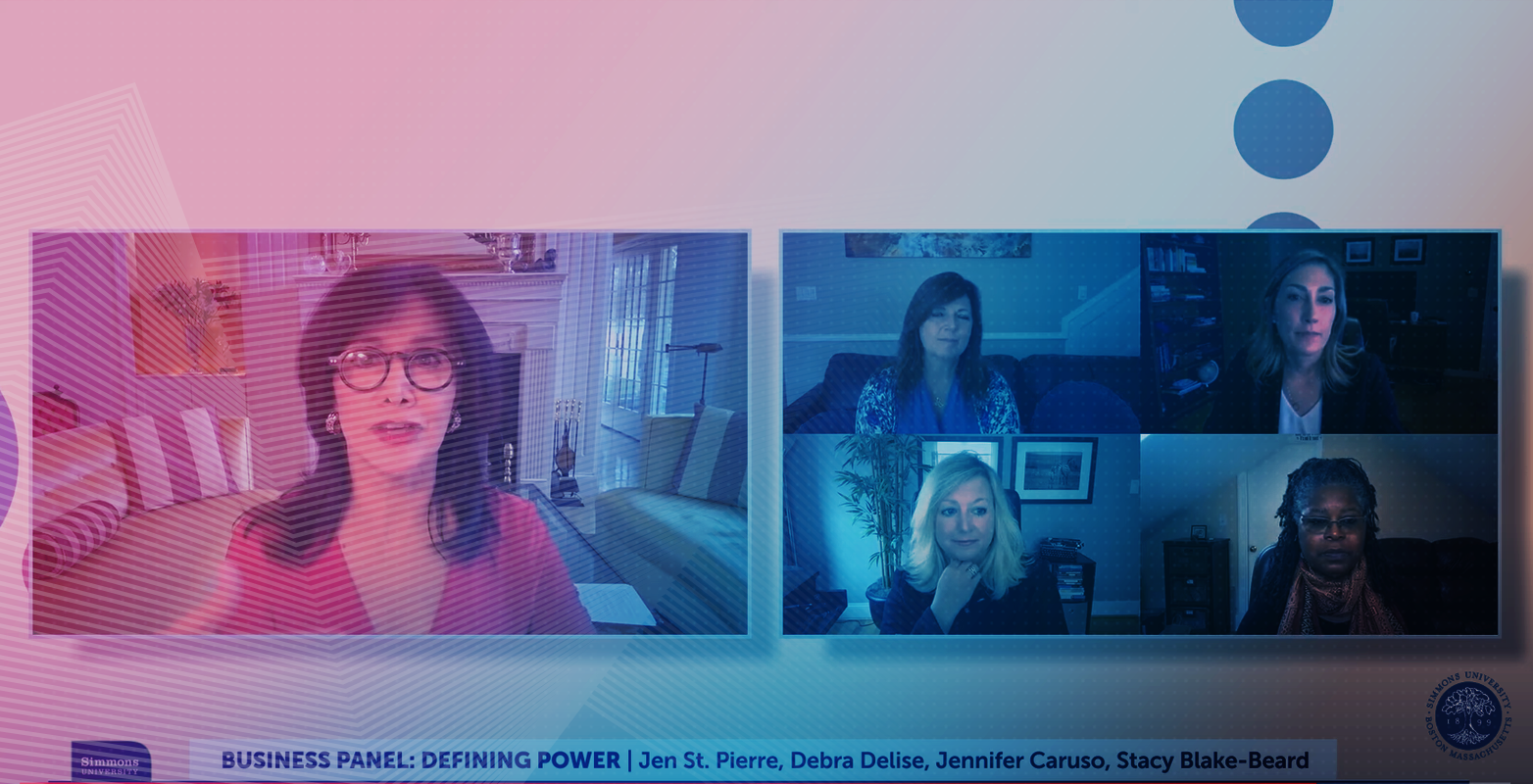
Over the past few months, we’ve worked hand-in-hand with our meeting planner partners as they try to make sense of and plan for our new virtual reality. As we have had conversations, designed meetings and attendee experiences, and executed virtual events of all shapes and sizes, we’ve learned a few things that are critical to their success.
One of those things – and definitely one of the most important – is the need to wait on choosing the platform until the meeting has been designed.
Over and over we hear that someone wants to use a certain platform for their virtual meeting. Maybe it’s because they attended another meeting that used that specific platform, or maybe someone recommended it. No matter the reason, it’s important to understand that doing so can significantly hinder the design, planning and execution of the meeting. And even impact the attendee experience.
The platform should deliver the desired experience
The biggest reason we strongly advise to hold off on choosing the platform is because each has pros and cons and infrastructure on which to build and execute a meeting. Therefore, if the platform is chosen before the vision and design of the meeting defined, you are stuck doing the latter so within the constraints of that platform.
Let’s say your vision for the meeting is a very engaging attendee experience, where attendees can interact with presenters, network with others, and visit an exhibitor floor. But the platform you chose doesn’t do all of those things well, or delivers a sub-optimal user experience for attendee-presenter engagement. Now, you and the team have to navigate around the limitations and design a meeting that might not be able to achieve the vision you have laid out.
Platforms are changing quickly
Just like everything right now, virtual platforms are changing quickly. They are adding capabilities while shifting away from others. Therefore, it’s important to remember that a virtual meeting in April isn’t a good example of a meeting coming up in October on the same platform. In addition, unless you were a member of the team that defined the vision and designed the experience, you won’t know the nuances of why they chose a specific platform.
Commitment to experience is critical
Above all else, when planning a virtual meeting, a commitment to the experience you want to deliver is key. That should be your north star; the platform you choose is the vehicle you take to get there.
A great example of this is the Simmons Leadership Conference. Kristen Palson, Vice President of Innovation and Custom Learning Solutions at Simmons University Institute for Inclusive Leadership, worked with her team (and ours) to remain laser-focused on their vision:
“… what we were going for, is a one-to-one connection. An intimacy that only a virtual event could have afforded for us.”
The incredibly positive attendee feedback suggests that vision of connection and intimacy was achieved, demonstrating just how important that “north star” is for each and every virtual meeting.
At Projection, we like to say we’re platform-agnostic. We are working with so many platforms on which we are designing and executing virtual meetings. It’s not about one being better than the other; rather, it’s about one being better for your unique meeting and audience than another.
